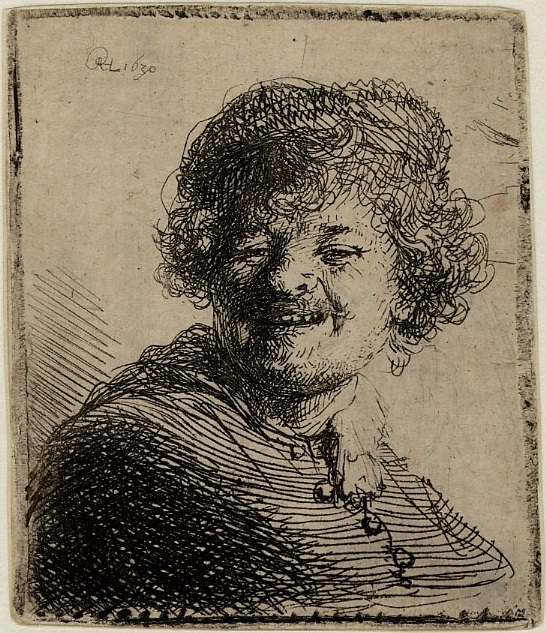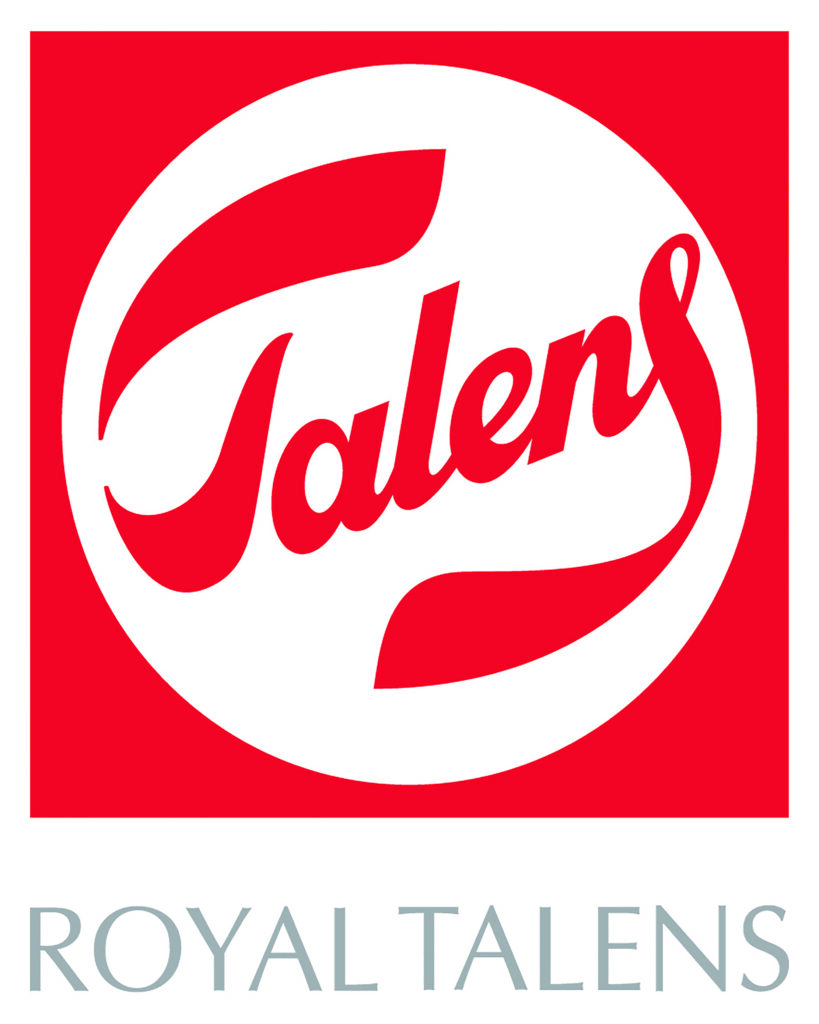A closer look at his self portraits and palette. Written for Royal Talens – a Dutch supplier of finest art materials since 1899.

What do you know about Rembrandt Harmenszoon van Rijn?
You will know that he is the most celebrated Dutch painter of all time.
You will also know that he painted The Night Watch, the colossal oil painting (3.6m x 4.3m) famous for its dramatic use of light and shadow and the jewel in the crown of the Dutch Golden Age.
You may not know, however, that Rembrandt (1606 – 1669) was a prolific portrait painter and printmaker, specifically self-portraits. He created approaching one hundred works, including forty paintings, thirty-one etchings and seven drawings. No other artist has painted themselves with such little vanity, charting not only their own physical changes and fortunes but also the cultural and historical changes in the world around them, spanning over forty years.
Self portraiture
Self-portraiture was an important part of the painter’s oeuvre and made up around ten percent of his total output, relatively large compared to other masters. Rubens only painted seven self-portraits for example. Rembrandt painted himself at a steady pace throughout his life right up until the year he died in 1669 at the age of sixty-three, as both a means of research and self-expression, but also to satisfy the demand for self-portraits by prominent artists of the 17th century. Researchers now know that his students also copied his self-portraits as part of their training, so this puts several portrait provenances into question.
The thirty-one etchings reveal another side of Rembrandt, supplementing the rich visual diary of his life, as he explores what he called his ‘studies in expression’. They are sketchy, un-posed ‘tronies’, examining exaggerated facial expressions and contorted features, lines and wrinkles – many show him pulling faces at himself. It’s a fascinating insight into his commitment to portraiture.

Oil painting
In his oils, we can trace his progression from a dapper, portrait painter in the 1630’s to ageing artist in his troubled but powerful later portraits. Self-portrait wearing a white feathered bonnet, 1635,shows a successful artist wearing a velvet cape decorated with gold embroidery, medallion and gold chain. His recognisable black velvet beret is adorned with two vertical ostrich feathers signifying wealth. This, surely, must be at the height of his prowess and perfectly illustrates his mastery of texture and light.

Art historian Kenneth Clark suggests, ‘with the exception of Van Gogh, Rembrandt is the only artist who has made the self-portrait a major means of artistic self-expression and he is absolutely the one who has turned self-portraiture into an autobiography.’
The size and availability of mirrored glass was a practical factor in the life of a portrait artist! It is fascinating that over the course of his life and rise and fall in fortunes, he was able to paint on a larger scale dependant on the size of mirror he could afford. From the 1650’s there are several portraits showing him at a longer length when 80cm was the maximum height for a sheet of mirror. He may have bought a large mirror in 1652 and then sold it four years later when he went bankrupt. In 1658 his son Titus was tasked with delivering another mirror, which is purported to have smashed en route to his studio.
The Year of Rembrandt
To celebrate 350 years since the death of Rembrandt, the famous Dutch paint manufacturer, Royal Talens, is hosting ‘The Year of Rembrandt.’ Royal Talens have been manufacturing watercolours and oil paints in his name since 1899.The Rijks Museum, partnering with Royal Talens, is central to the year long celebrations hosting exhibitions, special events, research and restoration projects surrounding the great artist. Here at Pegasus Art, for our small part, we have programmed an oil painting workshop working from a life model using the exact (or closest version) palette of the 17th century artist. So what did his original palette consist of?
Rembrandt’s palette
Rembrandt used a relatively small palette of colours dominated by dark earth tones and luminous highlights that were widely available at that time. Among his staples were lead white, bone black, ochres, siennas and umbers. By the 17th century, Holland was a centre for the manufacture of artists materials, pigments were in good supply and developments in the industry meant that there was now relative consistency in colour and quality. Large scale production processes were now in place for colours such as lead white, vermilion, smalt and lead-tin yellow all of which are found in Rembrandts work. Earth pigments such as Burnt Sienna, Raw Sienna, Raw Umber and Burnt Umber were imported from Italy. Other colours included; Azurite, Yellow ochre, Vermilion, Madder Lake, Carmine Lake and Cassel Earth.
Rembrandts use of chiaroscuro, bold contrasts between light and dark, is exquisite. His portraits have a unique radiance, illuminated faces, luxurious fabrics and a rich a dark palette and shadowy backgrounds. The artist is a fascinating character, achieving great success as a young man with his old age marred by financial hardship and personal tragedy. His genius can perhaps be best described by a fellow artist Van Gogh who wrote, ‘Rembrandt goes so deep into the mysterious that he says things for which there are no words in any language. It is with justice that they call Rembrandt a magician – that’s no easy occupation.’
For more information about The Year of Rembrandt:
https://www.rijksmuseum.nl/en/whats-on
https://www.royaltalens.com/about-us/news/2019/01/the-year-of-rembrandt/
Win a trip to Holland by entering your own Rembrandt painting! For more information: https://mailchi.mp/3841891b1188/rembrandtyearen#Experience%20explain

